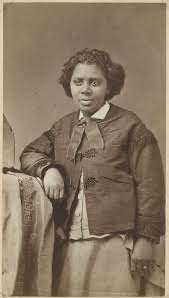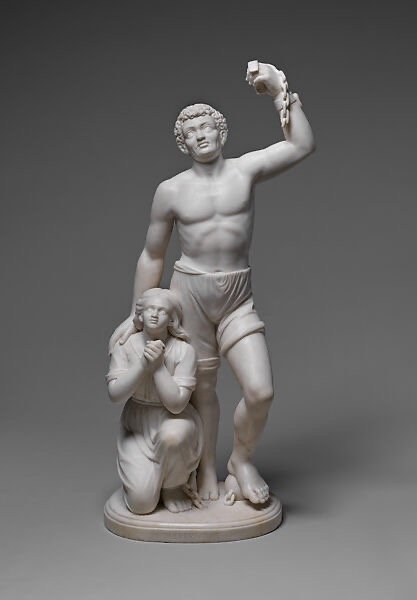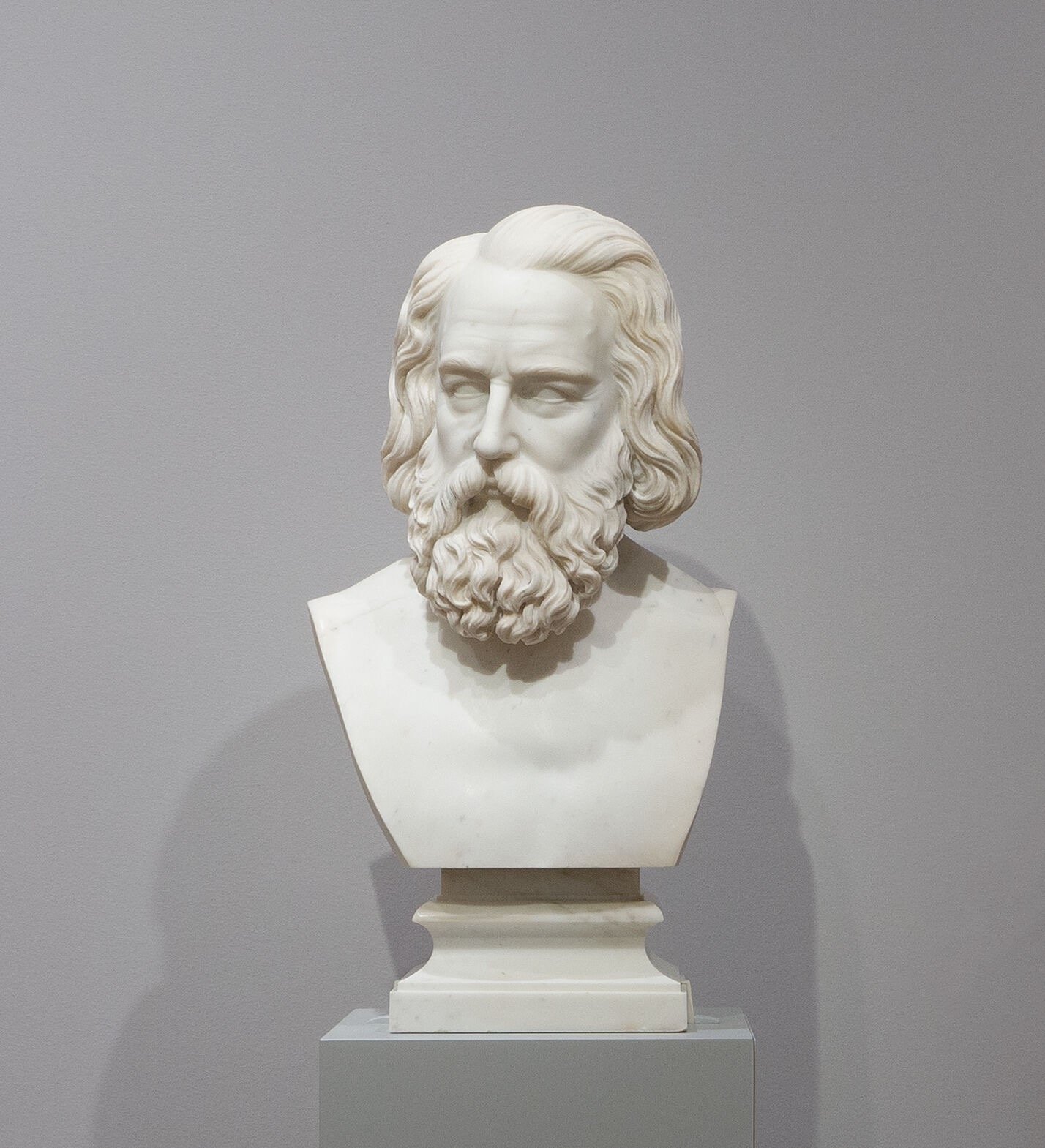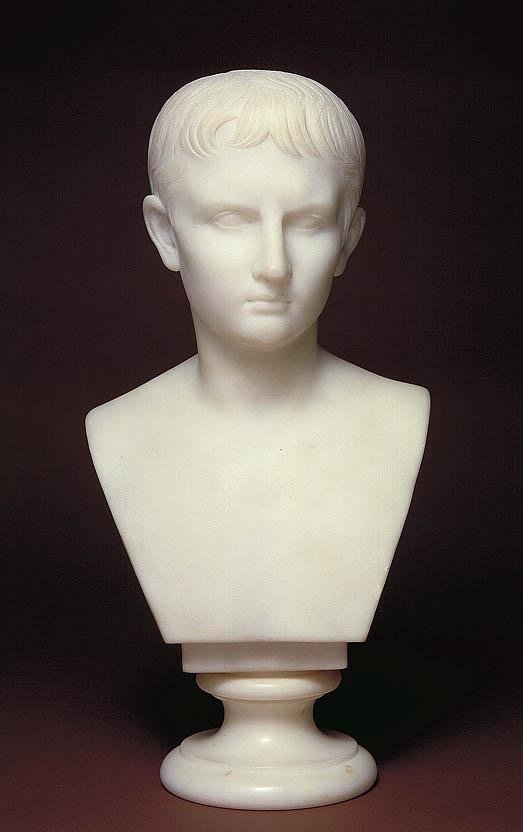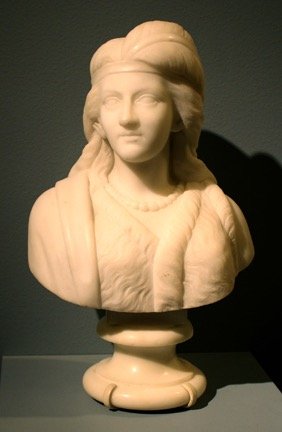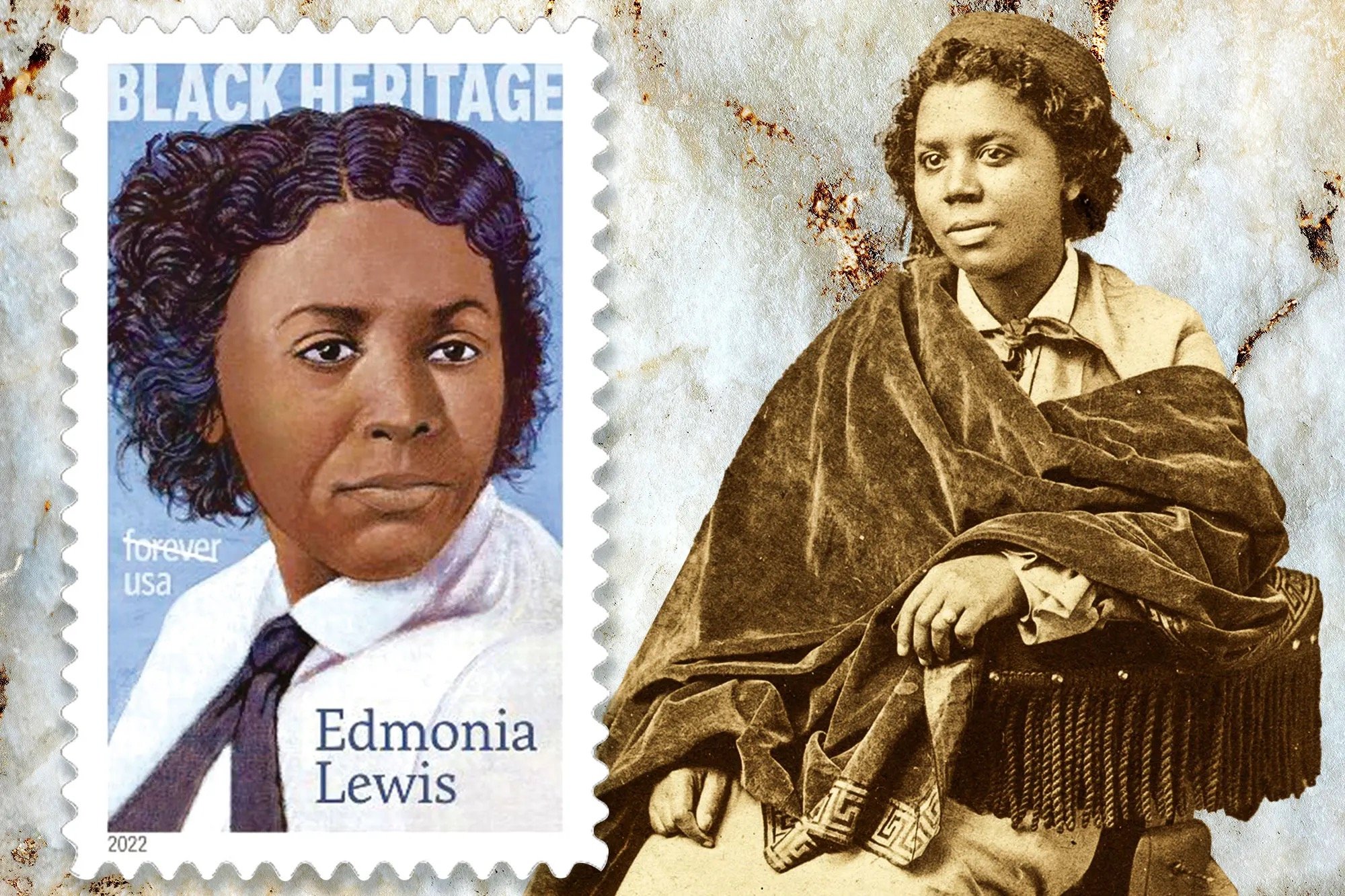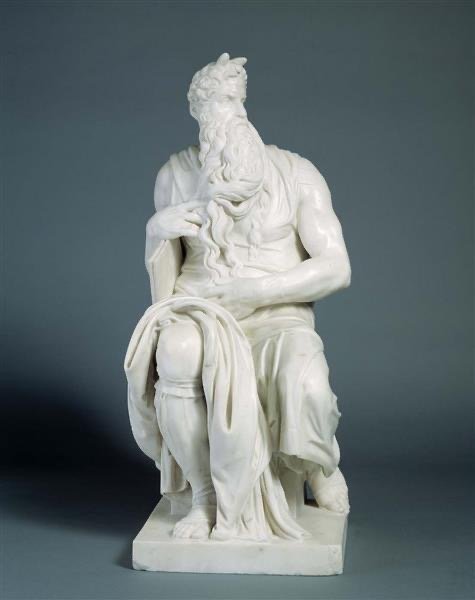Artist to Know: Edmonia Lewis - America’s Finest Sculptor
It was 1987 and the members of the Forest Park Historical Society in Chicago had a huge mystery to solve.
They were at a loss to identify the origins of a massive chipped and dirty marble sculpture. The sculpture despite its condition was a majestic and stunning marble statue of Cleopatra. The only clue they could find on the sculpture was an inscription on the side: E Lewis Roma.
The story behind this remarkable statue that had long been forgotten and left behind in Chicago reveals the amazing journey of Edmonia Lewis, who was America’s first successful female sculptor of African and Native American descent.
Death of Cleopatra (1876)
Lewis created Death of Cleopatra in Rome in 1876 and the US Congress commissioned ships to bring back American artwork from around the world for display at the first World’s Fair, The Centennial Exposition in Fairmont Park, Philadelphia. Death of Cleopatra was one of the pieces selected to be displayed. The reception for Lewis’ work, which showed a more historically accurate Cleopatra as a Macedonian woman rather than Egyptian and which depicted more emotionaility and naturalness than was the norm for the neoclassical style of the day. Because of the mixed reception at the time, the sculpture was lost for over a century before it was finally rediscovered and restored in Chicago.
Edmonia Lewis (1844-1907) is known as America’s first and most successful sculptor of female and African and Native American desent. She was born free in 1844 in upstate New York to her mother who was African and Ojibwe and a member of either the Ojibwe or Chippewa Tribe and her father who may have been Samuel Lewis an African American valet.
As a child, Lewis joined her mother traveling with her family’s tribe and learning the artisan crafts of her mother’s family. Both of Lewis’ parents died during her childhood and she lived with her aunts for the majority of her childhood living what she characterized as a “wild” life of running through forests, swimming, fishing and making and selling handmade crafts from the tribe.
In 1850, her half brother, Samuel, left for San Francisco to become a barber and eventually went off to prospect in Montana where he gained financial success and eventually bought commercial real estate and built a home that still stands today in Bozeman Montana. His success allowed him to support his younger sister in her education and Lewis eventually enrolled in private school.
Sculptor Edmonia Lewis
In 1859, Lewis attended Oberlin College, one of the few colleges in the US that allowed women and people of other racial identities to attend.
Lewis moved to Boston in 1864 and it was after viewing a sculpture of Ben Franklin that Lewis vowed to herself that she would learn to create a “stone man.” Although several male sculptors refused to take her on as a student due to her race and gender, she eventually took lessons from Edward Augustus Brackett who specialized in marble portrait busts. Eventually, Lewis began to exhibit talent in sculpting and established her art studio, successfully selling her early sculptors to collectors. She was especially popular with wealthy patrons who were active in the abolitionist movement.
Forever Free (1867) Howard University Gallery of Art, Washington, D.C. (67.9.S)
Lewis’ work Forever Free was created in 1867 to acknowledge the abolition of slavery 2 years before and the title comes from Abraham Lincoln’s Emancipation Proclamation speech.
In 1868, with the financial proceeds from her successful art sales in Boston, Lewis traveled to Rome to join a group of other female sculptors who had moved to the area. This allowed her to not only gain access to the Carrera marble for their artwork which was quarried in the area, but also who sought to escape the mysogyny and bias in the U.S.
Hiawatha (1868); The Marriage of Hiawatha (1871); Old Arrow Maker (1872)
Lewis produced sculptures that referenced Native American characters and themes in addition to traditional neoclassical themes.
Henry Wadsworth Longfellow (1807-1882) (1871) ©President and Fellows of Harvard College; Columbus (c. 1865–7) High Museum of Art; Young Octavian (1873) Smithsonian American Art Museum, Washington, DC, US; Poor Cupid (1873)
Edmonia Lewis was extremely skilled at capturing female characters in her work that were depicted as strong and resolute in addition to being naturalistically realistic which was unusual for the period.
Anna Quincy Waterstone (1866); Minnehaha (1868); Hagar (1875)
Edmonia Lewis’ talent and work has finally been rediscovered by art historians and collectors after over 100 years of being ignored. Lewis was featured in 2022 on a US stamp to acknowledge her contribution to American arts.
Edmonia Lewis featured in 2022 by the US Postal Service on a US postage stamp.
Lewis was an extraordinarily gifted artist that transcended the social expectations at the time of what women of color were capable of producing. Her work rivaled the masters sculptors of generations before including the greatest sculptors in history.
Moses (after Michangelo) (1878)
The popularity of neoclassic style started to decline during the 1890s and along with it the demand for Lewis’ work. Edmonia Lewis continued to carve artwork with religious themes including altarpieces and commissions for Catholic patrons.
In 1901, Lewis moved to London, England and during the last 6 years of her life. She died at the age of 42 in London where she is buried in the St. Mary’s Catholic Cemetery.
Edmonia Lewis is a striking example of an artist that successfully defied the stereotype of level of artistry and mastery a woman, an African American or Native American could produce. Her work is considered today as the pinnacle of American neoclassical sculpture and she is celebrated as a master of artistic sculpting detail and technique.


